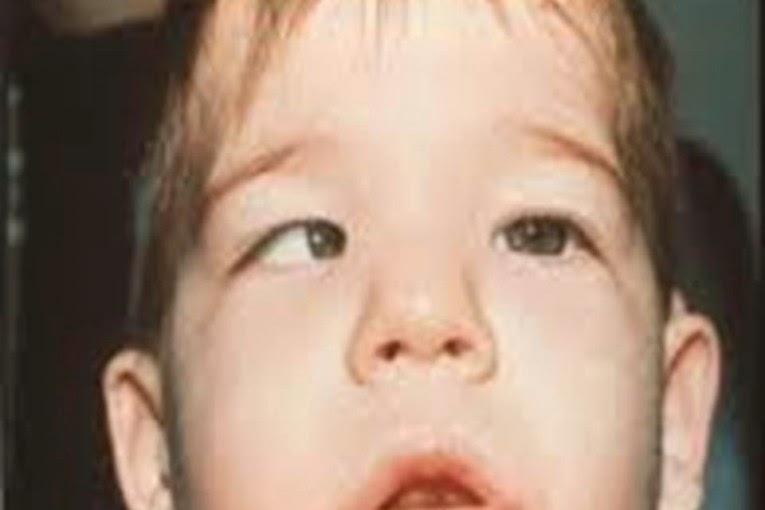ONE eye disorder that affects children are lazy eye. The term 'lazy eye' may sound a bit strange our ears, but this is a term for disorders of the eye (amblyopia) caused by abnormal development of the eye in childhood. Lazy eye or amblyopia indicate a reduction in visual acuity caused by abnormal visual development during infancy and early childhood. Premature babies, infants with mild body weight, and families who suffer from cataracts more at risk of this eye disorder. This lazy eye occurs in about 2-4% of preschoolers and supreme cause a decrease in visual acuity in children that are irreversible.
What is the cause of lazy eye?
Amblyopia occurs when part of the nerve that connects the eye to the brain does not respond to stimulation with either. At the age of 4 years, the normal development of the brain that processes vision is almost complete. Human visual acuity began to grow since the age of the baby and be perfect at the age of 5 years. The development of visual acuity is influenced by visual stimuli that enter the eye. If eyes get enough visual stimuli, the eye can develop properly. If one or both eyes get less stimulation, the development of visual acuity of the eye is inhibited.
When the brain does not receive a clear image of one or both eyes, it will be difficult to improve the ability to see after brain development is completed. This resulted in only sends a signal to the brain of healthy eyes, causing visual impairment in the other eye and makes eyes look glazed (sad). The eye which then will have amblyopia or lazy eye.
There are 3 things that were suspected as the main cause of amblyopia, namely:
- Squint (Strabismic), where there is an imbalance of muscle nerve of the eye so that the eye can not coordinate well.
- Deprivation (Deprivation), in which the eye disorder in the form of a barrier layer of the eye that forms a cloud (cataracts).
- Refractive (refractive), in which the light refraction occurs inappropriately, such as cylinders, myopia, or nearsightedness.
Lazy eye disorders usually do not cause symptoms, so that children often do not complain about anything. Most cases of amblyopia only be known after an eye exam before or after entering school. The symptoms are the eyes do not follow the direction of movement of objects correctly. This condition is difficult to know if it is only seen in passing, as a lazy eye will look like a normal eye. Lazy eye disorder usually affects only one eye, but if both eyes clear vision deficiency during a certain time when the children, then this condition can affect both eyes. Lazy eye visible physical characteristics of the eye looks somewhat decreased.
In childhood, amblyopia can be overcome by using a patching or cover for healthy eyes. Close your eyes healthy is intended to train the lazy eye to work better and improve vision. If left untreated, amblyopia can lead to permanent blindness condition. Because of these eye disorders often experienced by children, father and mother's good health checking your child's eyes at the age of 3 to 5 years after birth.
Amblyopia can quickly be prevented or treated if detected at an early age in order to prevent more serious damage to eyes. Treatment given to lazy eye has two goals: to create a clear vision in both eyes as well as to strengthen the weak eye.


EmoticonEmoticon